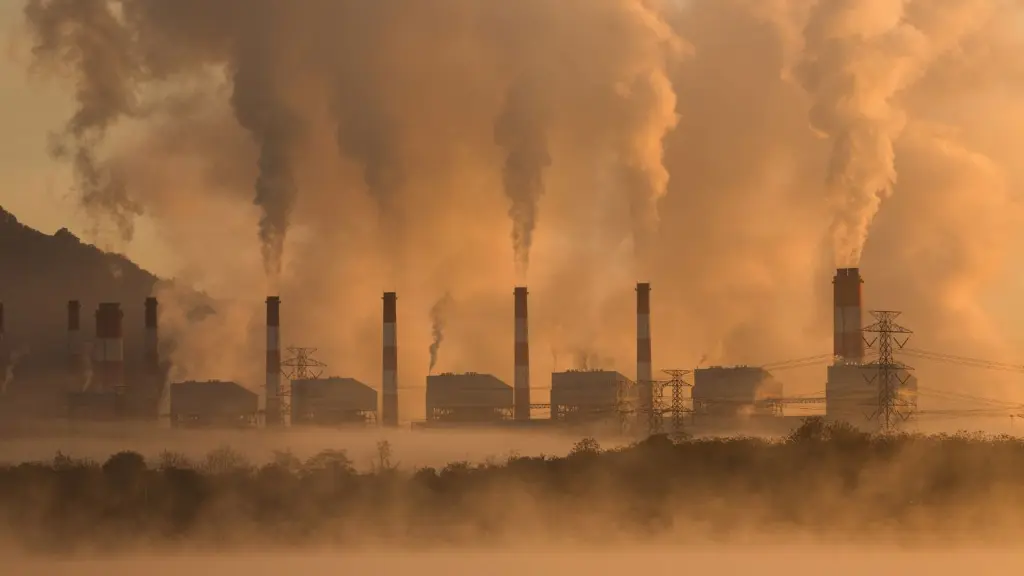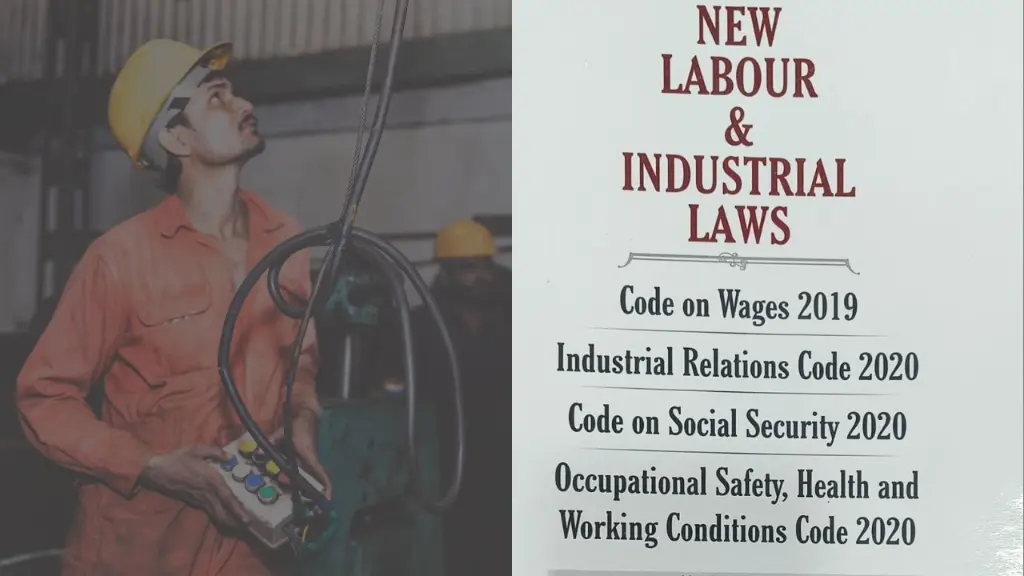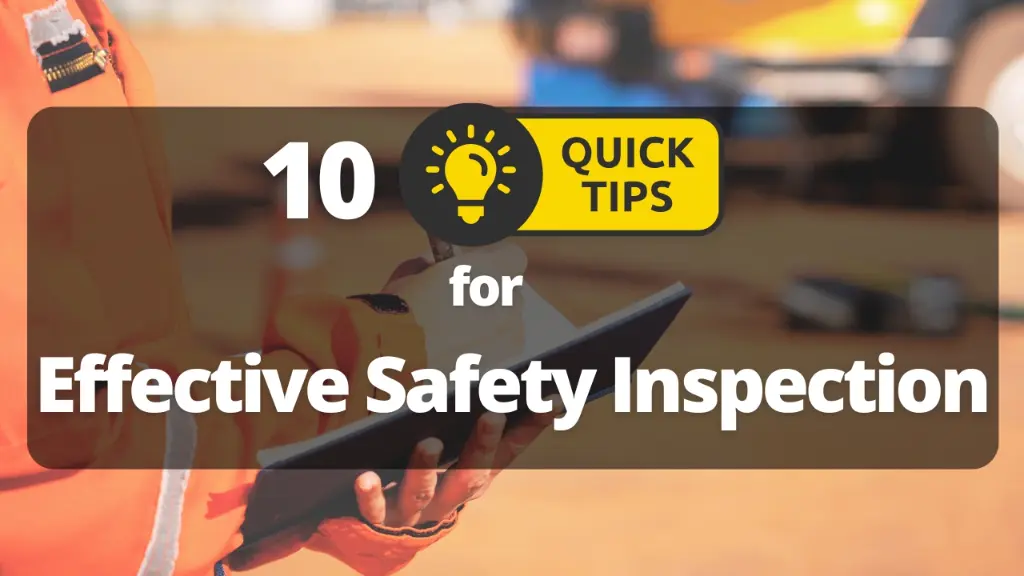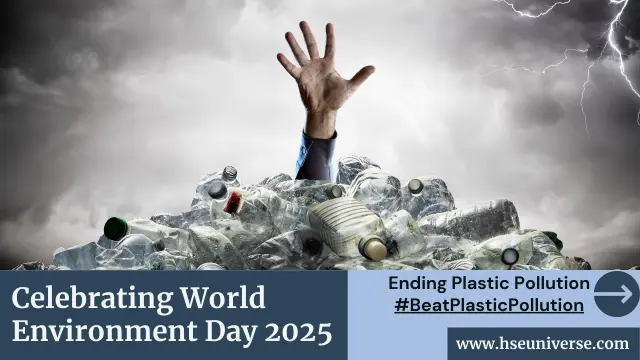Learn about The Air Prevention and Control of Pollution Act, 1981, its history, significance, key aspects and the essential steps HSE professionals can take for its implementation. This guide includes practical examples and relevant sections to ensure compliance and effective air quality management.
1. The Air Prevention and Control of Pollution Act, 1981: Everything You Need to Know
The Air (Prevention and Control of Pollution) Act, 1981, is legislation enacted by the Indian Government to prevent, control and reduce air pollution in India.
It aims to maintain and restore the quality of air, ensuring it does not exceed prescribed limits harmful to human health and the environment.
2. Purpose of The Air (Prevention and Control of Pollution) Act :
The Air Act’s primary goal is to enhance air quality and combat air pollution across India. It aims to prevent further degradation, improve existing air quality and regulate industrial activities to minimize their environmental impact.
3. History and Origin of this Act:
The Act was passed in 1981 by the Indian Parliament, following the global recognition of environmental pollution as a significant threat.
The 1972 UN Environment Conference was the spark that ignited global environmental awareness and action. India’s Air Act was one of many national laws that emerged as a direct response to the concerns and principles raised at that conference.
It demonstrates how international collaboration can lead to tangible actions to protect the environment at the national level. Furthermore, this act was a response to India’s growing industrialization and urbanization, which led to increasing levels of air pollution.
The Act provides a legal framework for controlling emissions from industries, vehicles and other sources.
4. Why was this Act needed, and why is it important for India?
The rapid industrial growth and urban expansion in India have significantly contributed to air pollution, causing severe health problems and environmental degradation. This Act was needed to address these issues by setting standards for air quality and providing guidelines for pollution control measures.
Its importance lies in protecting public health, preserving the environment, and ensuring sustainable development.
5. Key Provisions of the Act:
5.1 Central and State Pollution Control Boards (CPCB & SPCB):
5.1.1 Central Pollution Control Board (CPCB):
This national body advises the government, sets air quality standards, coordinates state efforts, and conducts research. (Sections 3, 16)
5.1.2 State Pollution Control Boards (SPCBs):
These state-level organizations implement the Air Act’s provisions within their respective states. They grant permits, monitor emissions, and enforce compliance. (Sections 4, 5, 17)
5.2 Air Quality Standards:
The Act mandates the CPCB to set national air quality standards. These standards define the maximum allowable concentrations of various pollutants in the air, ensuring that pollution levels remain within safe limits (Section 16).
5.3 Permits and Consents:
Industries and other polluting entities must obtain consent from the SPCBs before commencing operations. This ensures that adequate pollution control measures are in place and that emissions are within permissible limits (Section 21).
5.4 Air Pollution Control Areas:
The government can designate specific areas for stricter pollution control, often in vulnerable zones like residential areas or nature reserves. (Section 19)
5.5 Monitoring, Inspection & Reporting:
The Act empowers the CPCB and SPCBs to monitor air quality, inspect facilities and verify compliance with the standards. They can take samples, conduct tests and initiate actions against violators. Moreover, regular monitoring of emissions and reporting the data to the government is mandatory. (Section 24, 25, 26 & 45).
5.6 Penalties:
Non-compliance can result in fines, operational shutdowns, or even imprisonment for responsible individuals. (Sections 37, 38, 39, 40, 41)
5.7 Power to Give Directions:
Boards can issue binding directions to individuals, officers, or authorities to ensure compliance, including closure or regulation of industries. (Section 31A)
5.8 Appeals:
An aggrieved party can appeal a State Board’s order to a designated Appellate Authority. (Section 31)
6. Steps or Actions for Implementing the Provisions of The Air (Prevention and Control of Pollution) Act, 1981:
Below are the specific actions or measures that HSE professionals or responsible persons in the industry can take to implement the provisions of The Air (Prevention and Control of Pollution) Act, 1981. These steps include examples and the relevant clause or section number of the Act:
6.1 Application for Consent (Section 21):
Before establishing or operating an industrial plant in an air pollution control area, submit an application for consent to the State Pollution Control Board (SPCB). This application should include details about the plant, its processes and the proposed pollution control measures.
Example: A chemical manufacturing plant must submit an application detailing the types of emissions it will generate and the control equipment it will use, such as scrubbers or filters.
6.2 Compliance with Emission Standards (Section 22):
Ensure that the industrial plant’s emissions do not exceed the standards prescribed by the SPCB. This involves regular monitoring and reporting of emissions data.
Example: A cement factory needs to continuously monitor its particulate matter emissions and ensure they remain below the permissible limit.
6.3 Installation and Maintenance of Control Equipment (Section 21(5)):
Install and maintain the necessary pollution control equipment as approved by the SPCB. This equipment should be in good working condition at all times.
Example: A thermal power plant needs to install electrostatic precipitators to control particulate matter emissions and ensure they are regularly maintained.
6.4 Proper Stack Height (Section 21(5)(iv)):
Construct chimneys or stacks of appropriate height as approved by the SPCB to facilitate the dispersion of pollutants.
Example: A steel plant needs to ensure its chimney height is sufficient to disperse sulfur dioxide emissions effectively.
6.5 Fuel and Appliance Usage (Section 19(3), 19(4)):
In air pollution control areas, use only approved fuels and appliances to minimize emissions.
Example: In a densely populated area, industries might be required to use natural gas instead of coal or oil to reduce air pollution.
6.6 Furnishing Information (Section 23):
In case of accidental or unforeseen events leading to excess emissions, promptly inform the SPCB and other prescribed authorities.
Example: If a gas leak occurs at a refinery, the incident must be immediately reported to the SPCB and relevant agencies.
6.7 Cooperation with Inspections (Section 24):
Allow SPCB officials to enter and inspect the premises, examine records, and take samples for analysis.
6.8 Compliance with Directions (Section 31A):
Follow any directions issued by the SPCB or the Central Pollution Control Board (CPCB) regarding pollution control measures.
Example: If the SPCB directs a factory to upgrade its pollution control technology, the factory must comply within the given timeframe.
6.9 Environmental Impact Assessment (EIA):
For new projects or expansions, conduct an EIA to assess the potential environmental impact and propose mitigation measures.
6.10 Record Keeping:
Maintain proper records of emissions, control equipment maintenance, and any communication with pollution control boards.
7. Conclusion:
The Air (Prevention and Control of Pollution) Act, 1981, is not just a law; it’s a commitment to a healthier India. By understanding and actively implementing its provisions, HSE professionals and industries can make a real difference in the quality of the air we breathe. Let’s work together to ensure a cleaner, greener, and more sustainable future for generations to come.
Disclaimer: The information provided in this blog post is intended for general informational purposes only and should not be taken as legal advice. While every effort has been made to ensure the accuracy of the information presented, environmental regulations can be complex and subject to change. Always consult with legal or environmental professionals for specific guidance on compliance with the Air (Prevention and Control of Pollution) Act, 1981, or any other applicable laws. The author and publisher of this blog post are not liable for any errors, omissions, or actions taken based on the information provided herein.
Join me on Facebook, Linkedin, Youtube, WhatsApp & Telegram for the latest updates.
Click the link to read more topics on HSE Laws and Regulations






